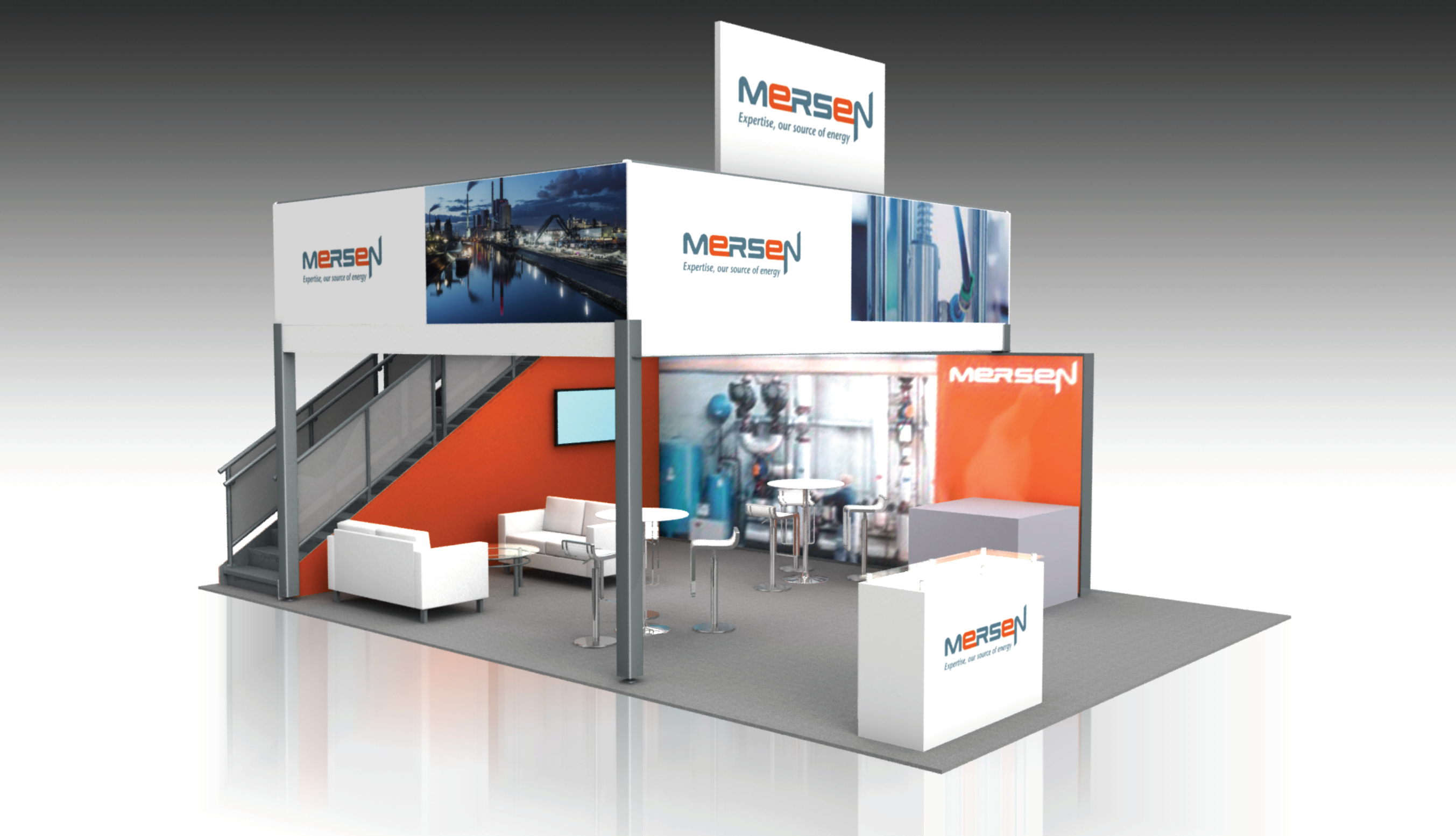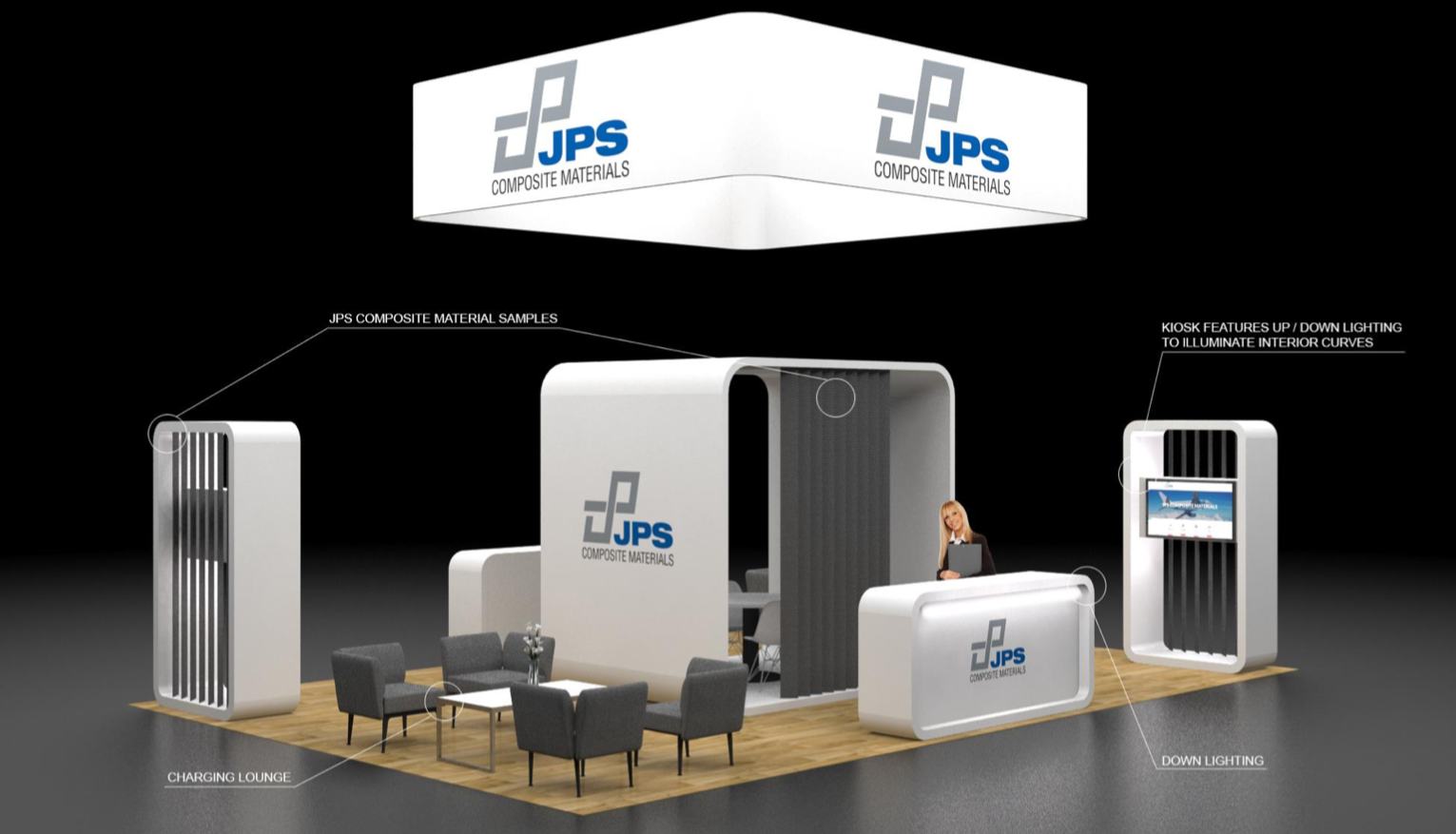The first time I signed up for a 10K, I was feeling ambitious. I figured I’d just lace up my sneakers, throw on a Spotify playlist, and see how far I could go.
Turns out, six miles is a long way when you haven’t trained.
By mile two, my knees were already asking what we were doing. By mile four, I was bargaining with every muscle in my body. I crossed the finish line technically upright, but not gracefully. I was sore for the next 2 weeks.
Why am I telling you this? Because trade shows work the same way.
You think you’ll power through, run on adrenaline, and coast on caffeine. But the reality is: trade shows are endurance events. They test your planning, your stamina, your team—and if you don’t train for them properly, they will run you over.
Here’s what I learned about trade shows by running a race I wasn’t prepared for.
1. Why Pacing Matters—And Not Just on the Show Floor
In a 10K, people make one of two mistakes: they start too fast or they barely prepare. Sound familiar?
Trade show teams often show up full throttle, from posting nonstop on social to getting swept up in the show’s energy, without fully preparing for the long days ahead. Add in a schedule packed with back-to-back meetings, happy hours, and client dinners, and they forget something important: they still have to work the exhibit.
Staff wear out fast when they’re not pacing themselves. You can spot the Day 3 burnout from across the hall. People slumped behind counters, staring at screens, barely making eye contact. And when your team is drained, your results follow.
The fix? Pace everything.
Build in breaks for your team. Plan goals for each day of the show, not just the total. Assign shifts, even for small teams. Make time to walk the floor, recharge offsite, or just sit down for a decent meal. You’re not just managing time, you’re managing energy.
Stamina isn’t about toughness. It’s about knowing how to last.
2. The Wrong Shoes Will Ruin Everything
I ran that 10K in discount sneakers that looked cute but had zero support. It only took the first mile to regret every step. Same thing happens with a trade show—except instead of shoes, it’s your gear, your layout, or your staffing choices that trip you up.
An exhibit that looks amazing but doesn’t function? That’s the metaphorical blister. A beautiful counter with no storage? Same. A flashy digital display no one knows how to use? Yep, another hot spot forming.
Here’s the thing:
Your display isn’t just eye candy. It has to fit you. That means planning for everything from storage and staff flow to interaction zones and power access. Because once the doors open, you’re not fixing any of it mid-stride.
And it’s not just gear. If you’ve got the wrong staff working the event, like people who aren’t comfortable talking to strangers, can’t answer product questions, or simply don’t want to be there, it shows. The best setup in the world can’t fix poor staffing.
3. Fueling Up Takes More Than Coffee
Running on caffeine and willpower only gets you so far. Around mile three of my race, I hit a wall. Why? Because I’d barely had a banana and figured coffee would carry me through. Spoiler: it didn’t.
On the show floor, it’s easy to ignore the basics. Your team forgets to eat, skips water, stands for hours with no break, and wonders why no one can form a sentence by mid-afternoon.
Trade shows drain people. And drained people can’t sell, smile, or solve problems.
So, pack snacks. Bring water. Schedule quiet time. Even better, plan designated “fuel breaks” throughout the day. Give your team time to reset, hydrate, or step away for a quick walk. When you prioritize these moments, you’ll see a noticeable boost in both energy and mood — and that lifts performance too.
It’s not just physical energy that matters. The constant smiling, pitching, and answering questions takes a mental toll as well. Short breaks, like a walk outside or a few quiet minutes away from the crowd, can help your team recharge and stay fully present for attendees.
4. Your Crew Makes the Difference
I didn’t train for that 10K, but I finished it because I had a friend running beside me who refused to let me quit. She slowed down when I needed it, talked me through the rough miles, and made sure I crossed the finish line.
Your show team should feel like that.
Trade shows are not solo events. It’s not just about having someone who can set up a monitor or answer a product question. You need people who show up for each other. Who take initiative, help problem-solve, and know when to step back or step in.
And that takes prep:
- Have a pre-show huddle.
- Assign roles clearly.
- Prep for FAQs and curveballs.
- Empower your team to make decisions when things go sideways (because they will go sideways).
A great crew isn’t just trained. It’s trusted! When people know they can make a call without checking in every five minutes, things move faster and smoother. That level of trust only comes with prep, and it turns a group of individuals into a team.
5. The Recovery is Part of the Strategy
After the race, I didn’t walk it off. I collapsed on the nearest curb and swore off running forever. That’s not recovery. That’s burnout.
Trade shows often end the same way: exhausted team, no clear follow-up plan, leads scattered across badge scanners, business cards, and forgotten notes in someone’s phone.
Recovery at a show is everything that happens after teardown:
- Did you thank your team?
- Did you debrief while it’s fresh?
- Did you follow up with leads before they forget who you were?
- Did you capture what worked so you’re not reinventing the wheel next time?
A smart recovery plan includes more than just sending follow-up emails. It means documenting what worked, what didn’t, and how the layout, signage, or staffing impacted engagement. What questions came up the most? What parts of the exhibit went unused? These insights shape your next event before the first crate even ships.
6. Embracing the Unexpected: Flexibility on the Show Floor
By mile four, I hit the wall hard — and it hit back. I was dehydrated, overheated, and this close to losing it on the sidewalk. I had to stop, breathe, and seriously reconsider my life choices before I could even think about moving again.
Trade shows throw that kind of curveball all the time. One minute everything’s on schedule, the next you’ve got a last-minute product change, a booth neighbor blasting music, or a key team member stuck in traffic with all the lead sheets.
Flexibility is your secret weapon.
When you prep your team to think on their feet, they’re better equipped to roll with the chaos. Maybe your demo needs to shift last minute. Maybe your staffer forgets their badge. Maybe someone spills coffee on your only tablecloth. It happens.
The more you empower your team to adjust without needing constant approval, the more resilient and confident they become. And that agility? It’s what turns problems into opportunities for real connection and creativity.
7. Celebrate the Finish Line. You’ve Earned it!
When you cross the finish line of a race, whether you crushed your personal best or simply aimed to finish upright (which was definitely more my speed), you don’t immediately pull out a spreadsheet. You high five your crew. You take a breath. You soak in the fact that you made it. And if someone helped you along the way, you remember that.
Trade shows deserve that same kind of moment.
Too often, teams go straight from teardown to the next deadline without acknowledging the effort it took to get through the show together. But that effort? That’s what builds trust. When a team goes through long days, rough mornings, forgotten chargers, surprise coffee runs, and last-minute problem-solving together—that’s a unit that’s stronger on the other side.
Celebrating the win isn’t about fluff. It’s about reinforcing teamwork.
It could be a team dinner after the show, shoutouts during a debrief, or just a group message that names who showed up and went above and beyond. These small moments of recognition matter. They remind people their work was seen, their energy made a difference, and they’re part of something that works better because they’re in it.
Even if you didn’t crush every metric, if your team showed up, engaged, supported each other, and learned something, that’s a win worth recognizing. Celebrating those wins helps build a team that’s ready and excited to do it all again next time, with even more energy.
Train for the Experience, Not Just the Event
I’m still not a runner, but I learned a lot that day. The biggest lesson? You can’t fake endurance. You can’t wing your way through a trade show and expect to feel good about it afterward.
But here’s what might surprise you: what got me through that race wasn’t just grit. It was the friend who paced me. The volunteers handing out water. The stranger who shouted, “You’ve got this!” when I looked like I didn’t.
Trade shows are the same. The experience is shaped by the team around you. When everyone’s aligned, trained, and supporting one another, you don’t just survive the show—you build momentum that carries into the next one.
For over 50 years, Nomadic has helped teams do exactly that. We’ve supported clients through both sprints and marathons by designing exhibits that not only look sharp but actually support the way your team works. From the first planning meeting to the final lead follow-up, we help you build a strategy that holds up under pressure.
If your team is tired of running on empty, it’s time to rethink your setup and your show plan. We’ll help you build one that works as hard as you do (no sprinting required).













